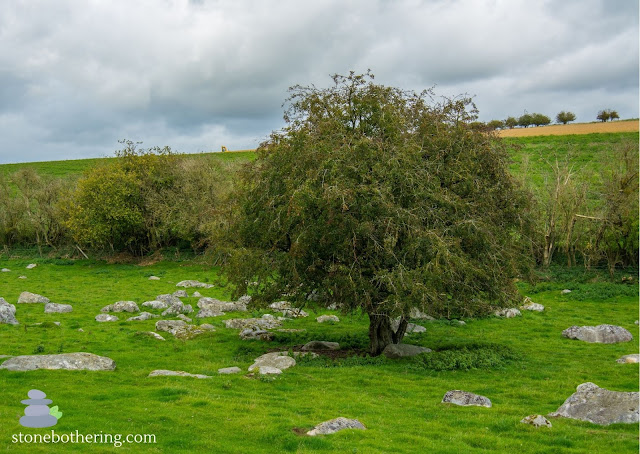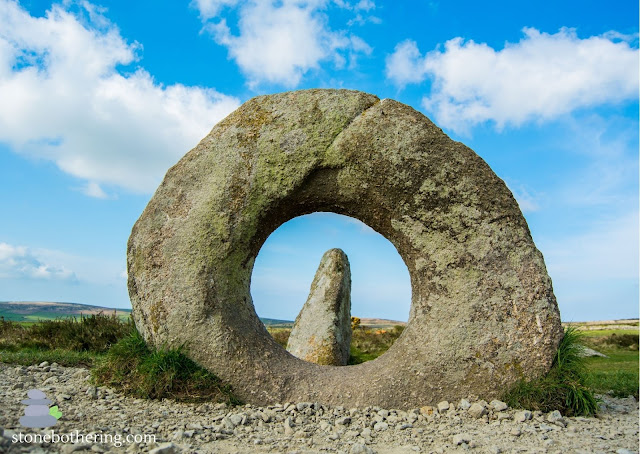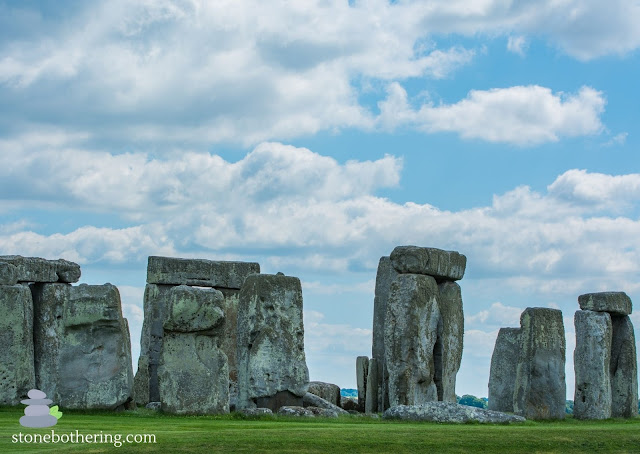The intriguing stones of Winterbourne Monkton
.jpg)
Nestled in the heart of Wiltshire, England, lies the quaint village of Winterbourne Monkton. While seemingly unassuming at first glance, this village holds a hidden charm – a collection of intriguing stones that whisper tales of a bygone era. Unlike the world-famous megaliths of nearby Avebury, Winterbourne Monkton's stones are shrouded in an air of mystery. Scattered throughout the village, these ancient sentinels stand as silent witnesses to the passage of time, their origins and purpose a puzzle waiting to be unravelled. One captivating feature is the large recumbent stone resting in the grounds of the village church. Believed to have originated from the Mill Barrow, an ancient burial mound, this stone fuels speculation about its connection to past rituals and practices. Adding to the intrigue are the sarsen stones, a type of sandstone commonly found in the area. These stones, discovered during bridge repairs, were once part of the Mill Barrow's foundation. Today, they stand...
.jpg)
.jpg)

.jpg)




